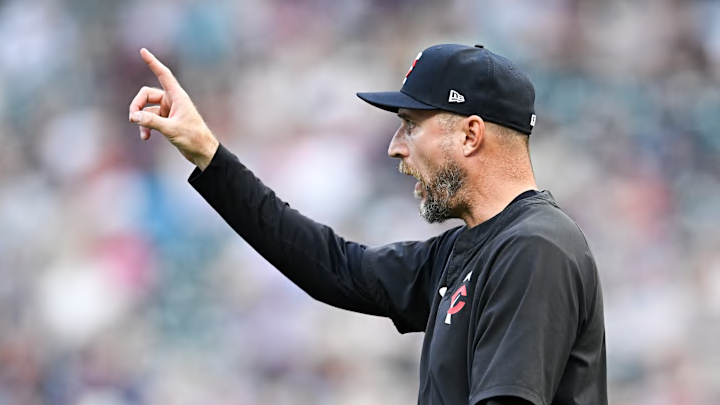After an absolutely soul-crushing White Sox series, with the bullpen coughing up three leads, the Twins proved it's time to blow up their current version of relievers at season's end. The Minnesota Twins 2026 season preparation represents a pivotal moment for the franchise, as we see fan interest and attendance well deservingly plummeting to new lows.
All But Gone From the Twins' Bullpen
The journeymen relievers brought in, like Génesis Cabrera, Brooks Kriske, Thomas Hatch, and Noah Davis, have proven to be inefficient stopgaps that have filled the 2025 roster, but will likely see them leave at season's end. This will create another void that the front office hopes to fill with a combination of internal promotions and strategic free-agent acquisitions, all with the goal of creating a more sustainable and effective relief corps.
The club will also have to decide on Justin Topa and Michael Tonkin. Though at times they can look functional, consistent success has been a struggle. Their familiarity with the organization could earn them a shot in spring training to compete for a spot. Topa does have a team option of $2 million and $225K buyout option, and Tonkin is arbitration eligible.
Likely Returning to the Twins' Bullpen
Kody Funderburk and Cole Sands have likely shown enough to have a good chance to take on a larger role in 2026. The true potential, however, lies in Travis Adams and Pierson Ohl. Both pitchers have demonstrated the poise and stuff needed to succeed at the big-league level, and 2026 could be their breakout year. Their presence offers a cost-effective solution and a glimpse into a bullpen anchored by organizational talent.
Other Factors for the Twins' Bullpen
The most significant factor influencing the bullpen's shape this winter is the future of Joe Ryan and Pablo López. Should either of these veteran aces return, their presence solidifies the top of the rotation and may allow the team's promising pitching prospects to transition to the bullpen. Andrew Morris, David Festa, Mick Abel, and Taj Bradley are all highly-touted arms who could see time in relief roles if they transition away from being starters. Their power stuff and ability to miss bats could be particularly devastating in one-inning bursts, providing the bullpen with the strikeout punch it has lacked at times. This transition is a common strategy for organizations with a surplus of starting pitching, and for the Twins, it could yield a formidable back-end bullpen.
Beyond the internal options, the Twins' retooling strategy centers on a deliberate approach to late free agency. Rather than overspending on top-tier relievers in early winter, the club traditionally waits for the market to cool, targeting veteran arms looking for a new home. This method allows the team to be more selective, filling specific needs and adding proven experience at a more affordable price.
By blending a youthful, high-upside core with savvy, cost-effective veteran acquisitions, the Twins will be taking a measured approach to building a bullpen that is hopefully competitive and watchable for the 2026 docket.
